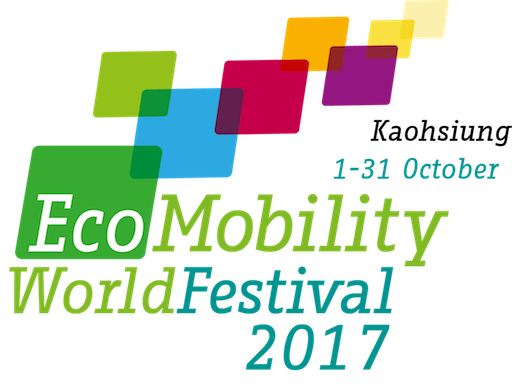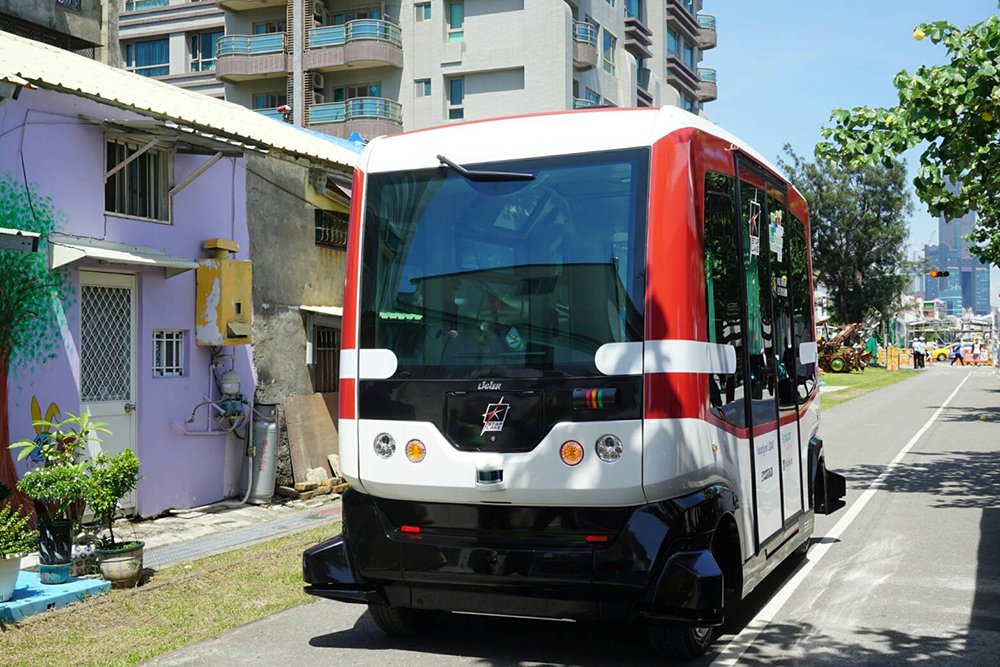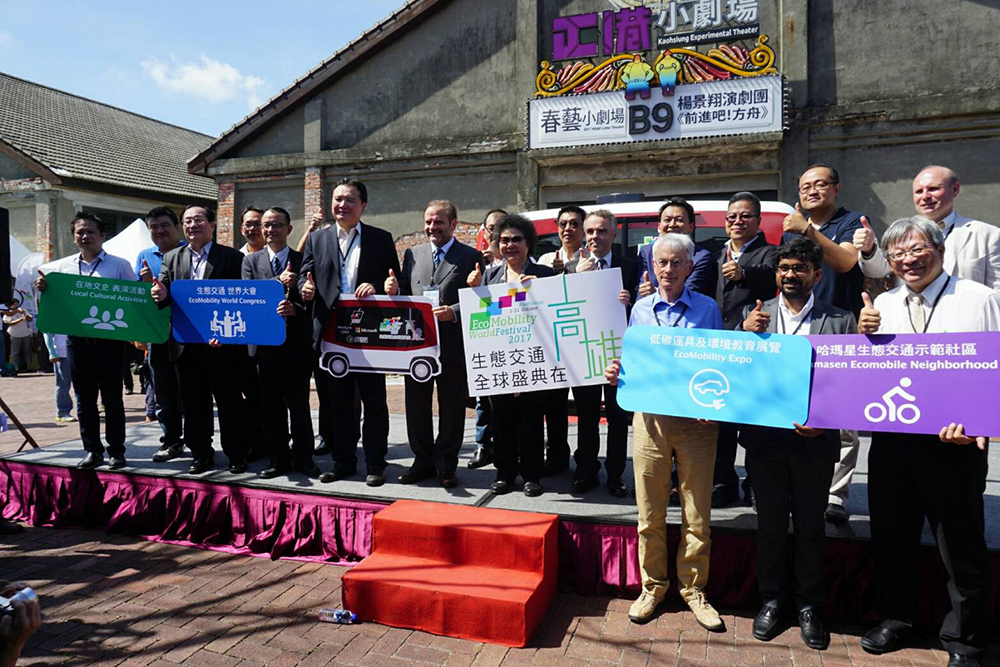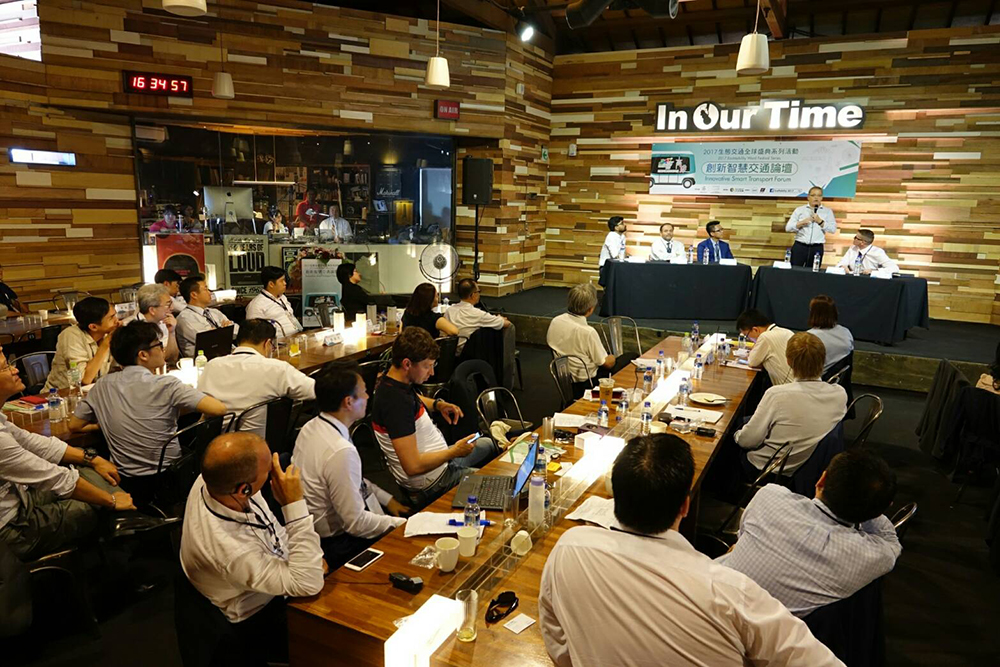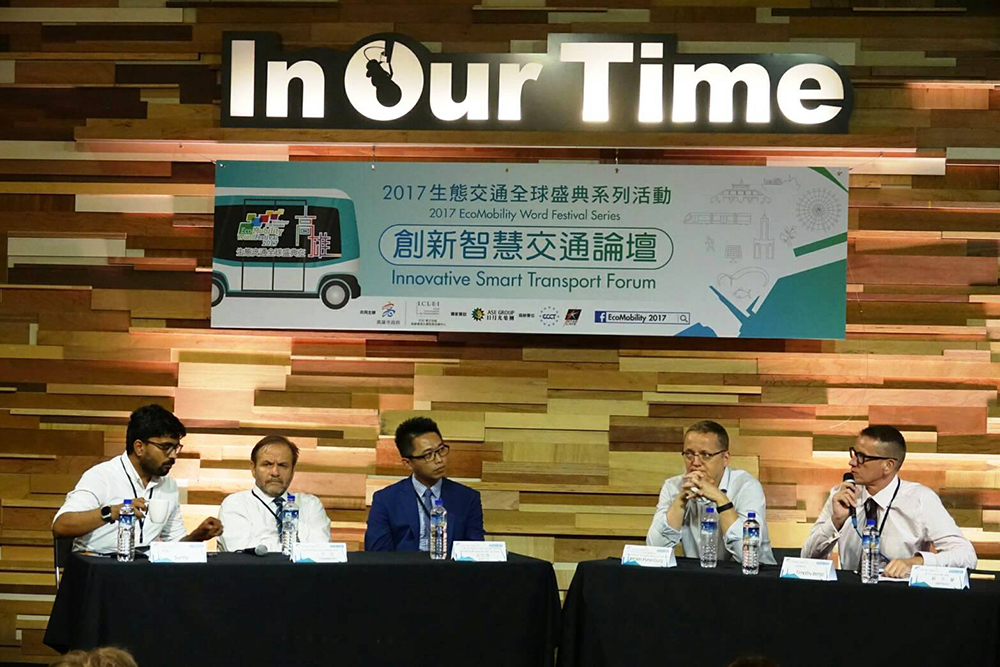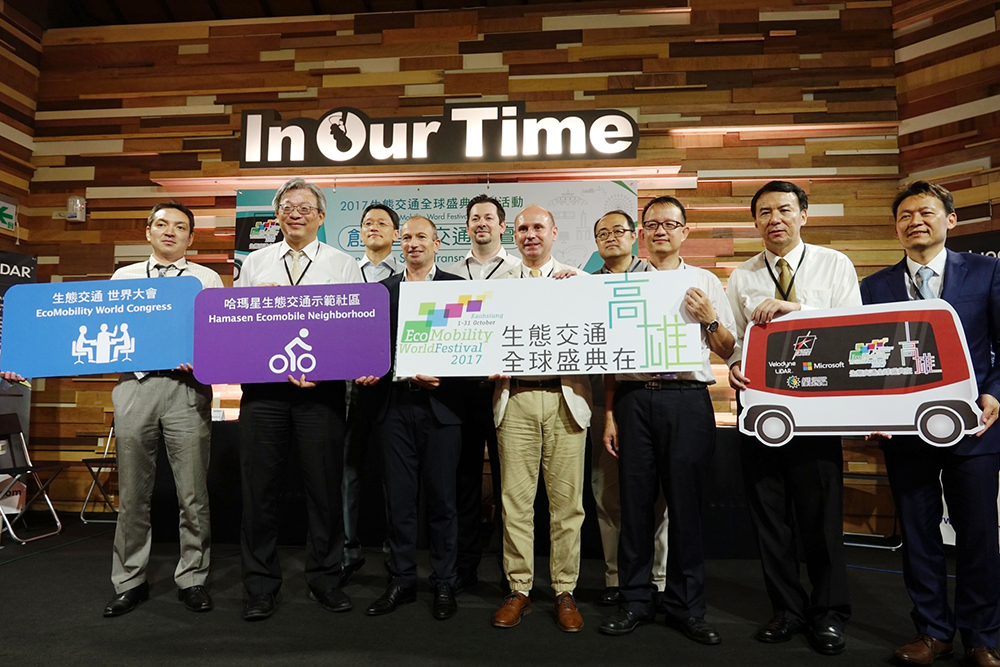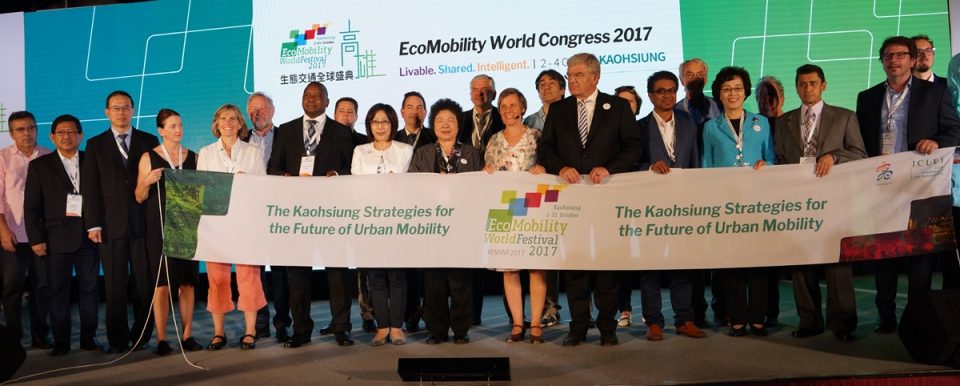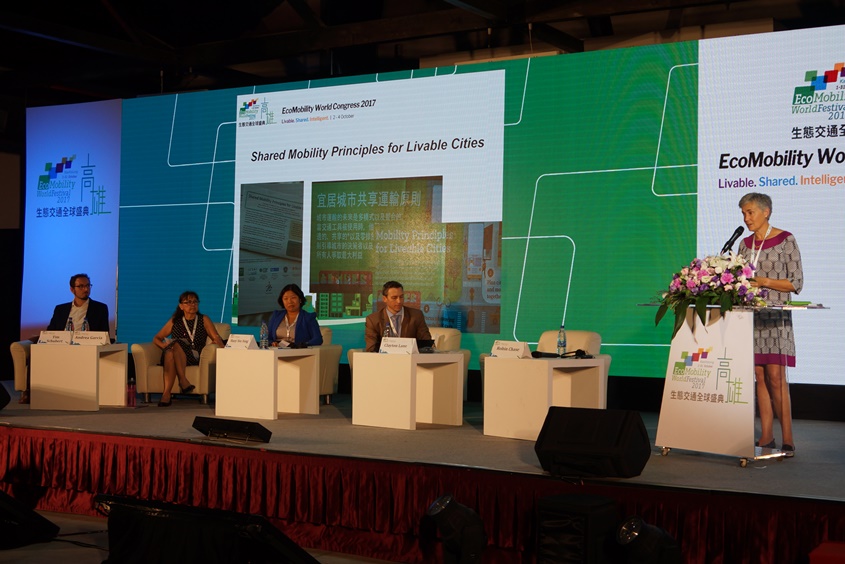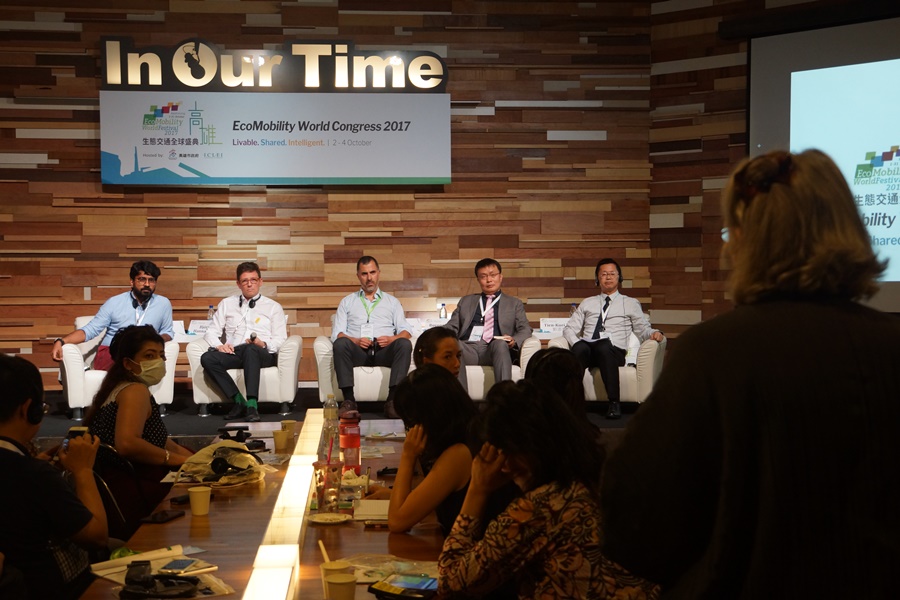On 7 and 8 June 2017, the City of Kaohsiung hosted the Innovative Smart Transport Forum, facilitating conversations on the future of autonomy.
The technology for autonomous vehicles is evolving rapidly and while this progress is important for cities, it is equally important to engage partners in discussions of policy and regulation at a local and national level as well as urban design among other critical issues.
The Forum also offered a test-ride of the first autonomous minibus on an open road in a real urban environment within the city limits. The current law of the island prohibits autonomous vehicles on an open road. One debate is, therefore, if autonomous vehicles should be allowed in cities and if so, what kinds of policies are needed to facilitate their safe and sustainable entry? What are the roles of autonomous vehicles in cities? Should autonomous vehicles be prioritized for road space? Will the shift towards autonomy induce more commuters to switch to public transport systems instead of personal motorized vehicles? These are some of the questions that fuelled the discussion at the Forum.
The opportunities that autonomous vehicles can bring was another topic of discussion at the Forum. In Singapore, autonomous vehicles are even used for transport of military personnel, illustrating the varied use scenarios. Most speakers at the Forum proposed that autonomous vehicles can be integrated with public transportation systems in a complementary way, especially for first- and last-mile travel or on-demand transport. Mr Wang Muheng, the Technical Advisor of the Ministry of Transport, stated that Kaohsiung serves as a good test-bed for autonomous vehicle technologies due to the traffic and mobility challenges faced by the city. If these technologies can be proven effective in Kaohsiung, the model can be transferred to other cities.
In order to achieve the ideal reality of shared autonomous vehicles on the road, Mr Jeff Chen, the Director General of Kaohsiung Transport Bureau stressed the importance of partnership between private and public sectors. In order for self-driving vehicles to operate on the street, entities such as the transport research agency, public transport operators and the insurance industry must work together to develop new models that support this new technology. Other important considerations include:
- legislative changes needed;
- mainstreaming new technologies to be more cost-efficient;
- how urban design can support autonomy;
- development of business models; and
- how autonomous vehicles can be integrated with other public transport systems.
Under the leadership of Mayor Chen Chu, the current Chair of the EcoMobility Alliance, Kaohsiung has been actively promoting and introducing multi-modal low carbon and innovative forms of mobility over the past two years. It established both bicycle and electric car sharing systems, constructed a light rail system (LRT), and is even looking into expanding the existing Mass Rapid Transit (MRT) network. During the press conference at the Autonomous Vehicle Forum, Mayor Chen expressed commitment to the continuous advancement of new innovative mobility solutions in Kaohsiung.
While autonomous trains are relatively popular, such as the first autonomous metro in Paris operated since 1998, autonomous shuttles and cars are new innovations that will soon become reality. As such, it is important to anticipate how self-driving vehicles will affect cities like Kaohsiung. We must raise critical questions such as what the opportunities and limitations of autonomous vehicles are, and if they will bring progress for cities or a plague that exacerbates the current traffic problem. All these questions will be addressed in various sessions at the EcoMobility World Congress 2017 and autonomous vehicles will be publicly showcased during the EcoMobility World Festival 2017.
+++
An autonomous minibus will be one of the shuttle buses open for the public to test-ride and experience this October during the EcoMobility World Festival 2017 in Hamasen, Kaohsiung. Its main route will travel between the EcoMobility World Congress 2017 location (Pier-2 Peng-lai) and the nearest Mass Rapit Transit (MRT) station (Siziwan). Stay tuned for transportation guidelines and activities during the EcoMobility World Festival 2017.
